Community
Council hopeful Kris Maciborsky lays out bio and platform

I am Kris Maciborsky, I am 36 years old. I grew up in Alder Flats, Alberta. I moved to Red Deer in January 2001 to attend Red Deer College, from there I received my diploma in Rehabilitation Services. I loved Red Deer so much I chose to stay, and 17 years later the Northside of Red Deer is still my home with my wife Paige. I received the Centennial Silent Angel Award in 2005, for my service to the community. I have worked front line for the people of Red Deer for 17+ years. In various roles such as Community Options, Rehabilitation Aide, Disability Counsellor, Facilitator, Employment Consultant, Staff Trainer / Support, Youth Worker, Home Care Scheduling Coordinator, Community Support, Residential / Tenant Support, and Mental Health Worker.
Through these positions I have learned of the communities’ struggles and needs. These individuals have ranged in age from youth to seniors and have been effected by discrimination or adversity due to age, homelessness, income level, race, cultural background, gender, disability, addictions, gender identity, sexual orientation and mental illnesses.
I felt that it was time to take my skills to the next level and advocate for the people of Red Deer in a broader spectrum. Through their experiences and my own I believe I would make an excellent choice on city council to give a voice to the people that have been pushed to the fringes of society.
I would describe myself as a hard working individual who is responsible, dependable, diplomatic, tactful, honest, fair, a good listener, problem solver, analytical thinker to save money, compassionate, empathetic, advocator, open-minded and a supporter of diversity.
My Platform:
Crime Prevention / Drug Prevention: Although I do not have a definitive solution to this problem; prevention I believe is where we need to start. For example, through education in schools and information provided to the citizens in order to make them aware, so that they do not become victims of crime or develop an addiction. I attended a safe injection site presentation and learned of the benefits this could have for the city. For example, the independent study done by RCMP found a reduced amount of vehicle break ins in the general area of the site. The presenters also stated that the amount of used needles & paraphernalia discarded in the streets was greatly reduced.
Low Income Housing / Reduction of Homelessness: I have lived in poverty most of my life, and as an adult struggled with affordable housing. Through the years of working with the citizens, they have also struggled with the same issue. Some of which living in dwellings outside of their income level, poor living conditions, and landlords who do not understand the individual’s struggles. The homeless community of Red Deer struggles with not having places that they are allowed to use the bathroom; this is a basic human right to have access to a washroom. Downtown businesses especially struggle with this issue. I want to look into the possibility of having portable washroom units throughout the city in areas of high homeless population. Also, I would like to know if the downtown spray park that was closed still has access to their outdoor washrooms, and if they are locked up. If they are locked up, I would like to know why they can’t be utilized. *Update from the City is that it will be discussed this November and if approve the spray park and bathrooms will reopen in 2018 after filtration upgrades to the water system.*
I would like to develop a program where persons who do not have a trustee could have access to a temporary one in times of need such as extended stay in hospital or mental health facility. In order for their residence to be maintained and they can focus on their health. This added stress and the threat of homelessness can hinder their path to wellness. I would also like to suggest a housing / savings program to help people get on their feet, I think it would be beneficial for the community. This would consist of multiple tiny / compact homes that could be easily paid off within a shorter amount of time than a traditional mortgage. The money invested, once sold, could go towards a down payment on a larger home. The tiny home would be sold back to the program in which it could be used as a savings plan for another individual or family in need.
Community Inclusion: I would love to be involved in developing a safe place for members of the LGBTQ+ community, such as a Pride Centre like other major cities have. It would offer a meeting place for support & education. As well, I would like to work on inclusion of persons of different ethnicity and cultures, including further prevention of discrimination in our multicultural city.
Snow Management Strategies: I would love to learn how the current snow management plan was developed and work on coming up with others ideas. Citizens have commented to me that the fairness or the alternating year windrow’s plan is not working, as to when the city decides it is too much snow, both sides of the street will have a windrow.
Submitted by Kris Maciborsky.
Community
SPARC Red Deer – Caring Adult Nominations open now!

Red Deer community let’s give a round of applause to the incredible adults shaping the future of our kids. Whether they’re a coach, neighbour, teacher, mentor, instructor, or someone special, we want to know about them!
Tell us the inspiring story of how your nominee is helping kids grow up great. We will honour the first 100 local nominees for their outstanding contributions to youth development. It’s time to highlight those who consistently go above and beyond!
To nominate, visit Events (sparcreddeer.ca)

Addictions
‘Harm Reduction’ is killing B.C.’s addicts. There’s got to be a better way

From the Frontier Centre for Public Policy
B.C. recently decriminalized the possession of small amounts of illicit drugs. The resulting explosion of addicts using drugs in public spaces, including parks and playgrounds, recently led the province’s NDP government to attempt to backtrack on this policy
Fuelled by the deadly manufactured opioid fentanyl, Canada’s national drug overdose rate stood at 19.3 people per 100,000 in 2022, a shockingly high number when compared to the European Union’s rate of just 1.8. But national statistics hide considerable geographic variation. British Columbia and Alberta together account for only a quarter of Canada’s population yet nearly half of all opioid deaths. B.C.’s 2022 death rate of 45.2/100,000 is more than double the national average, with Alberta close behind at 33.3/100,00.
In response to the drug crisis, Canada’s two western-most provinces have taken markedly divergent approaches, and in doing so have created a natural experiment with national implications.
B.C. has emphasized harm reduction, which seeks to eliminate the damaging effects of illicit drugs without actually removing them from the equation. The strategy focuses on creating access to clean drugs and includes such measures as “safe” injection sites, needle exchange programs, crack-pipe giveaways and even drug-dispensing vending machines. The approach goes so far as to distribute drugs like heroin and cocaine free of charge in the hope addicts will no longer be tempted by potentially tainted street drugs and may eventually seek help.
But safe-supply policies create many unexpected consequences. A National Post investigation found, for example, that government-supplied hydromorphone pills handed out to addicts in Vancouver are often re-sold on the street to other addicts. The sellers then use the money to purchase a street drug that provides a better high — namely, fentanyl.
Doubling down on safe supply, B.C. recently decriminalized the possession of small amounts of illicit drugs. The resulting explosion of addicts using drugs in public spaces, including parks and playgrounds, recently led the province’s NDP government to attempt to backtrack on this policy — though for now that effort has been stymied by the courts.
According to Vancouver city councillor Brian Montague, “The stats tell us that harm reduction isn’t working.” In an interview, he calls decriminalization “a disaster” and proposes a policy shift that recognizes the connection between mental illness and addiction. The province, he says, needs “massive numbers of beds in treatment facilities that deal with both addictions and long-term mental health problems (plus) access to free counselling and housing.”
In fact, Montague’s wish is coming true — one province east, in Alberta. Since the United Conservative Party was elected in 2019, Alberta has been transforming its drug addiction policy away from harm reduction and towards publicly-funded treatment and recovery efforts.
Instead of offering safe-injection sites and free drugs, Alberta is building a network of 10 therapeutic communities across the province where patients can stay for up to a year, receiving therapy and medical treatment and developing skills that will enable them to build a life outside the drug culture. All for free. The province’s first two new recovery centres opened last year in Lethbridge and Red Deer. There are currently over 29,000 addiction treatment spaces in the province.
This treatment-based strategy is in large part the work of Marshall Smith, current chief of staff to Alberta’s premier and a former addict himself, whose life story is a testament to the importance of treatment and recovery.
The sharply contrasting policies of B.C. and Alberta allow a comparison of what works and what doesn’t. A first, tentative report card on this natural experiment was produced last year in a study from Stanford University’s network on addiction policy (SNAP). Noting “a lack of policy innovation in B.C.,” where harm reduction has become the dominant policy approach, the report argues that in fact “Alberta is currently experiencing a reduction in key addiction-related harms.” But it concludes that “Canada overall, and B.C. in particular, is not yet showing the progress that the public and those impacted by drug addiction deserve.”
The report is admittedly an early analysis of these two contrasting approaches. Most of Alberta’s recovery homes are still under construction, and B.C.’s decriminalization policy is only a year old. And since the report was published, opioid death rates have inched higher in both provinces.
Still, the early returns do seem to favour Alberta’s approach. That should be regarded as good news. Society certainly has an obligation to try to help drug users. But that duty must involve more than offering addicts free drugs. Addicted people need treatment so they can kick their potentially deadly habit and go on to live healthy, meaningful lives. Dignity comes from a life of purpose and self-control, not a government-funded fix.
Susan Martinuk is a senior fellow at the Frontier Centre for Public Policy and author of the 2021 book Patients at Risk: Exposing Canada’s Health Care Crisis. A longer version of this article recently appeared at C2CJournal.ca.
-

 Housing2 days ago
Housing2 days agoTrudeau admits immigration too much for Canada to ‘absorb’ but keeps target at record high
-

 Censorship Industrial Complex2 days ago
Censorship Industrial Complex2 days agoTrudeau’s new online censorship law – Problems with Bill C-63 / the Online Arms Law
-

 Business2 days ago
Business2 days agoDecarbonization deal opens new chapter in Alberta-Japan relationship
-
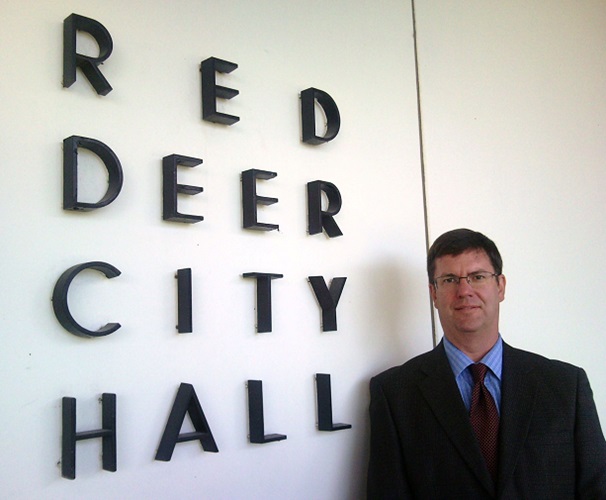
 2024 City Councilor By-Election2 days ago
2024 City Councilor By-Election2 days agoGet to know your candidates for city council: Calvin Yzerman
-
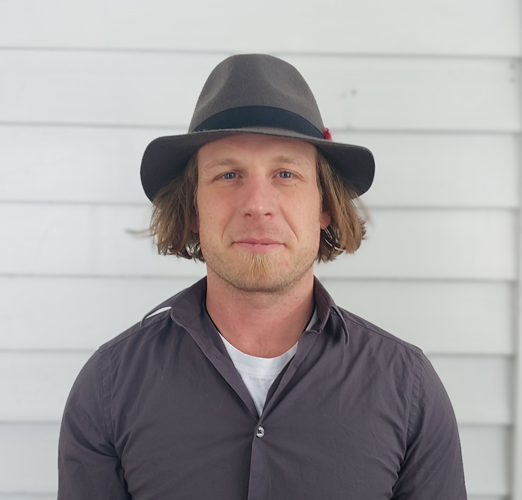
 2024 City Councilor By-Election2 days ago
2024 City Councilor By-Election2 days agoGet to know your candidates for city council: Liam (The Level) Milaney
-
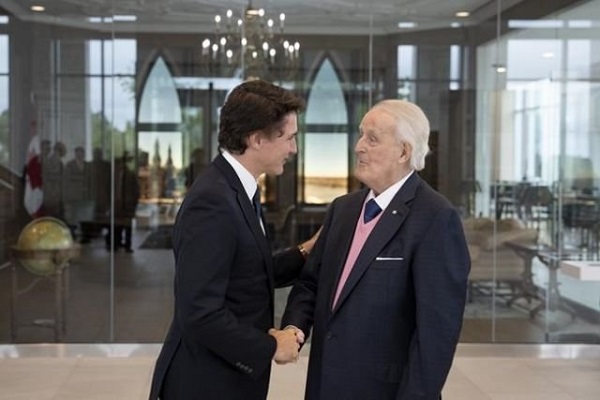
 Bruce Dowbiggin2 days ago
Bruce Dowbiggin2 days agoSorry, Justin. Social Media Won’t Give You A Mulroney Epitaph
-
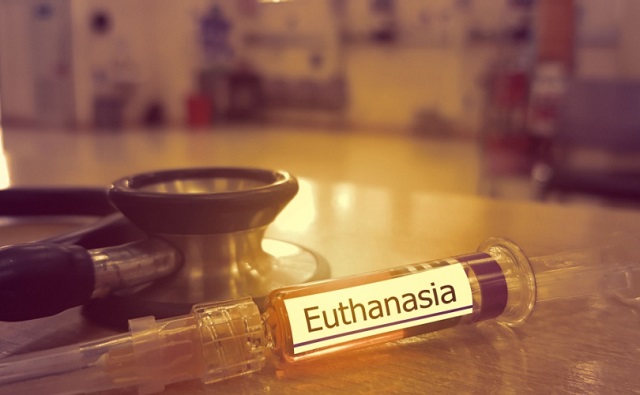
 MAiD2 days ago
MAiD2 days agoCanadian judge blocks imminent euthanasia death of 27-year-old autistic woman
-
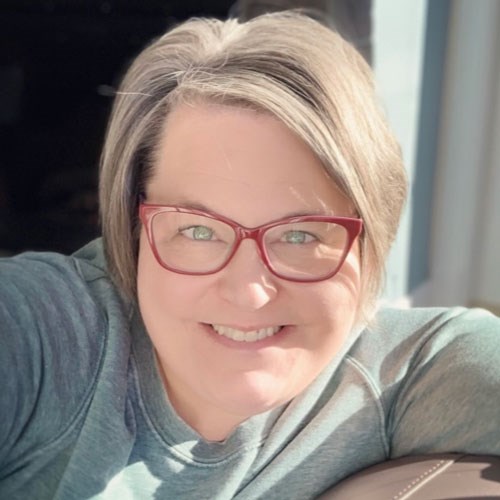
 2024 City Councilor By-Election2 days ago
2024 City Councilor By-Election2 days agoGet to know your candidates for city council: Jaelene Tweedle





